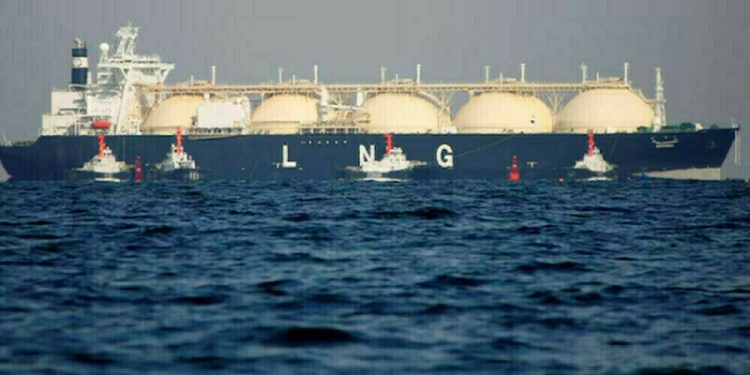Asian PVC prices would likely remain stable and strong in the first half of 2017, as ongoing inspections on carbide-based PVC plants in China limit output, resulting in excess supply in the region drying up, market sources said this month.
Japan’s Vinyl Environmental Council Chairman Mamoru Kadokura on Monday said the Asian PVC market would likely keep its strength next year due to a production shortfall in China.
The demand-and-supply structure in the Asian PVC market is shifting towards balanced due to the tightening of supply, after tilting towards ample supply.
Supply has been ample for years, due to high operating rates at carbide-based PVC plants in China amid low coal-based PVC production costs.
As a result, the Asian PVC market had been under pressure constantly, falling below the cost level often. In 2014, the spread between PVC and vinyl chloride monomer feedstock averaged at $134.52/mt, and at $143.87/mt in 2015, lower than a typical breakeven spread of $150/mt.
But amid the current bullish PVC market, the spread between PVC and VCM averaged at $171.16/mt so far in 2016, higher than the breakeven spread.
China’s PVC plant operating rates have been reduced from the middle of this year. The Chinese government ordered carbide-based PVC producers to temporarily shut their plants or reduce operating rates amid tightening environmental regulations. As a result, China’s PVC supplies tightened quickly, which pushed China’s domestic PVC prices to be higher than CFR prices. The plants will, however, be ordered to shut permanently if they do not follow the regulations.
According to S&P Global Platts data, ethylene-based PVC in China’s domestic market was assessed at Yuan 7,700/mt on October 30, the highest level since September 11, 2011, when it was at Yuan 7,925/mt. Carbide-based PVC was assessed at Yuan 7,400/mt on October 30, the highest since September 18, 2011, when the price was at Yuan 7,425/mt.
China’s PVC market did not lose steam in November, and hit a record-high level. On November 16, the ethylene-based PVC price was assessed at Yuan 8,500/mt, and carbide-based PVC at Yuan 8,450/mt, Platts data showed.
“It seems this time, the government is serious about reinforcing environmental regulations. The plant owners can be fined if they increase the operating rates without the government’s permission,” said a Chinese market participant.
“I have been in the PVC business for 30 years and I have never seen the PVC market this strong before,” said a PVC market source in Japan.
Tracking the bullish local market in China, the CFR China PVC price also climbed to a one-year high of $930/mt on October 23. Some market sources said the CFR China PVC price still has room for an increase, despite the ongoing low winter demand season, as the CFR China PVC price is still lower than the domestic price.
The current domestic PVC price is calculated at around $1,000-$1,030/mt on an import parity basis.
The lower carbide-based PVC plant operating rates in China has slashed PVC exports from China. According to the latest data by the Chinese customs department, China’s PVC exports in September slid 42.4% month on month to 82,002 mt.
India has been hit by the lower PVC exports from China, as Chinese PVC typically accounts for around 30% of India’s total PVC imports. India’s PVC buyers have no choice but to accept high offers from other PVC suppliers such as Taiwan, Japan or Southeast Asian countries.
As a result of a firm PVC market, Asia VCM would likely remain supported. The CFR Far East Asia VCM price rose $15/mt week on week to be assessed at $775/mt on November 3, 2016, the highest level since November 16, 2014, when the price was assessed at $780/mt.
The CFR Far East Asia VCM price rose $10/mt week on week to be assessed at $800/mt on November 17, the latest price available.

























